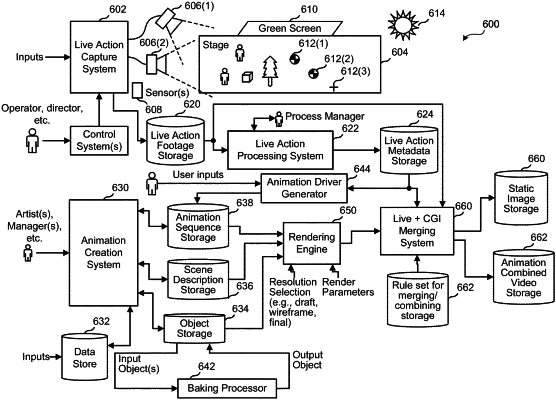| CPC G06T 13/60 (2013.01) [G05B 19/406 (2013.01); G06F 17/11 (2013.01); G06F 30/28 (2020.01); G06N 3/10 (2013.01); G06T 11/00 (2013.01); H04N 5/2224 (2013.01); G05B 2219/40091 (2013.01); G06T 2210/24 (2013.01); G06T 2210/56 (2013.01)] | 20 Claims |

|
1. A computer-implemented method of generating one or more visual representations of a combustion event, the computer-implemented method comprising:
under the control of one or more computer systems configured with executable instructions:
simulating the combustion event, which transforms combustion reactants into combustion products, the combustion event occurring at a reference pressure of an ambient fluid;
determining values of combustion properties, the values of the combustion properties being calculated as a function of a nonzero pressure field;
determining compressible characteristics of the ambient fluid; and
generating the one or more visual representations of the combustion event based on the values of the combustion properties and the compressible characteristics of the ambient fluid,
wherein the combustion products comprise soot, and wherein simulating the combustion event comprises simulating formation of the soot within a specified temperature range,
wherein the combustion reactants include an oxidizer, and wherein simulating the combustion event includes simulating:
formation of the soot within a flame front where the oxidizer is not present,
ejection of the soot to the flame front;
reaction of the soot with oxidizer at the flame front; and
formation of combustion products from the reaction of the soot with the oxidizer.
|